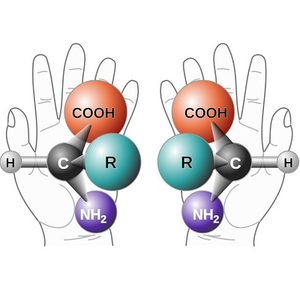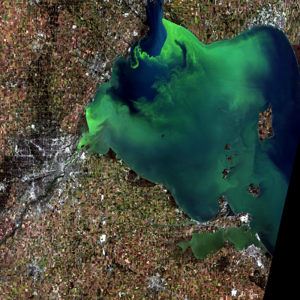

It's one of the great unsolved mysteries of all time, is there life beyond Earth? Up until now, scientists have been listening for radio signals from space, straining to hear if any intelligent civilization is broadcasting. Now, researchers from the University of Bern and of the National Centre of Competence in Research PlanetS are developing a new method to see if life is thriving on other planets or moons by taking precise measurements of the light waves reflected by the living organisms.
Most molecules in the cells of living things, such as DNA, have a property called chirality, meaning that they can't be superimposed over their mirror image, like the difference between a human left and right hand. In the case of molecules, unlike human hands, they usually don't come in chiral pairs, so they are either just exclusively “left handed” or “right handed”, known as homochirality.
When light reflects off of a living organism, a portion of the spectrum will travel in spirals that are either counterclockwise or clockwise in orientation. Called circular polarization, this is the property that differentiates the light reflecting off living from non-living material, which doesn't exhibit such spirals in its reflected light.
The scientists, as part of the MERMOZ (Monitoring planEtary suRfaces with Modern pOlarimetric characteriZation) project, are currently able to detect these light signals from a helicopter flying at a speed of 43.5 mph (70 kph) and from a distance of 1.24 mi (2 km). This is a large improvement in detecting these faint signals as just 4 years ago, they couldn't detect them from any farther than 8 in (20 cm) away with sensing equipment that was stationary for several minutes.
As the technology of the team's cameras and receivers continues to improve, they hope to one day test the system aboard the International Space Station. If the technique works on that platform, it will prove an invaluable step in being able to detect the signature of life on a planetary scale. Not only will this technology prove important to the search for extraterrestrial life, but it could also enable satellites to better monitor the health of such life as coral reefs or monitor harmful algal blooms on Earth.






